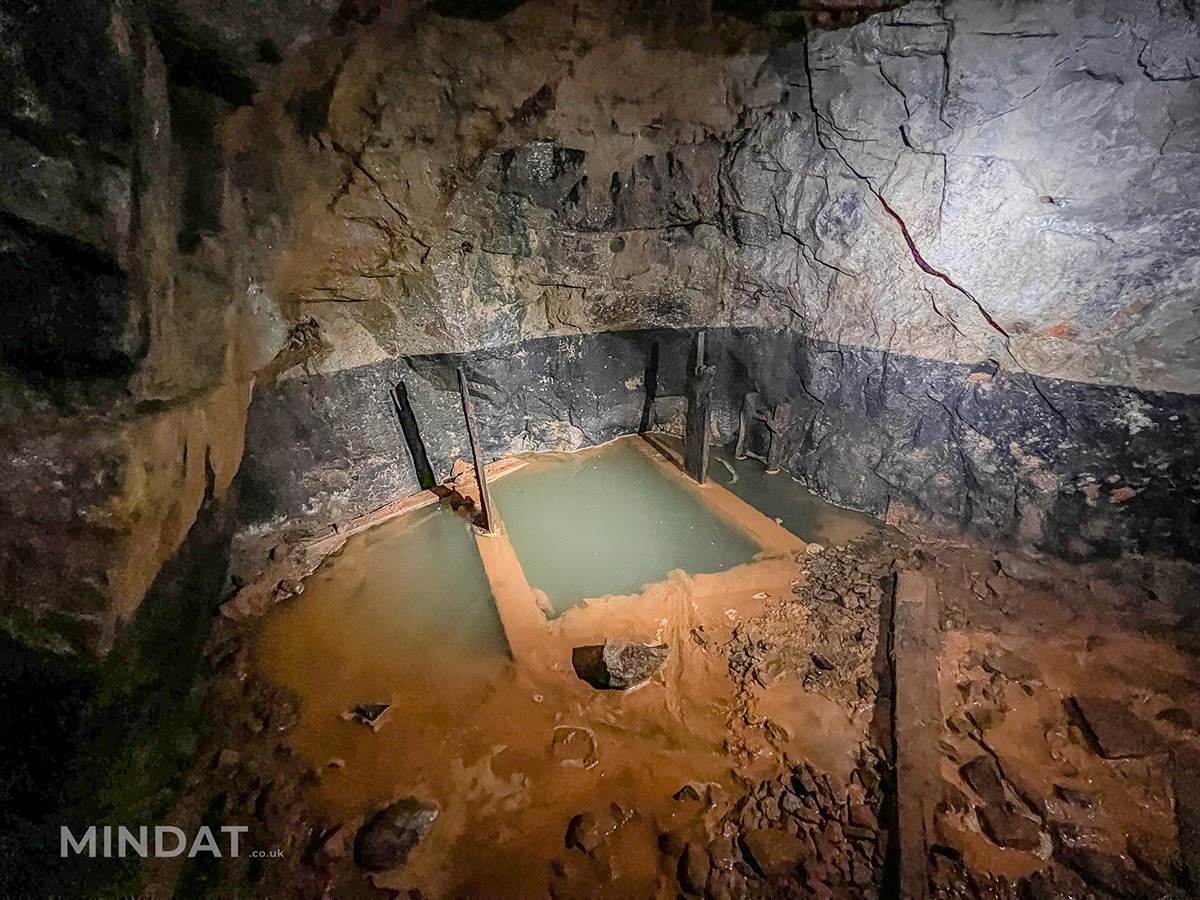Already a considerable copper producer by the end of the eighteenth century, Old Gunnislake Mine is reputed to have produced over half a million pound’s worth of ore in the 1820s (2). It appeared to change hands in the mid 1820s: machinery included 20” and 24” steam engines and a 30′ waterwheel (b2). It included East Gunnislake Mine and by 1825 was worked in conjunction with Wheal Tamar (later South Bedford Mine) on the Devon side of the Tamar. The East Liscombe Lode ran from the latter mine under the river into the Old Gunnislake workings where a shaft on the Cornish bank was pumped by flat rods carried across the Tamar on a trestle bridge above Weir Head from a waterwheel at Wheal Tamar (b4). In 1836 the mine was employing 88 people. By 1843 three steam engines and two waterwheels were in use (b1,b2,b3).
Amalgamated with Gunnislake Clitters Mine & Hingston Down Consols in 1900 (1)
(1) Heritagegateway.org.uk
(2) Jenkin, AKH, 1961, Mines and Miners of Cornwall, PT 15, 8 (Bibliographic reference)
(b1) Bibliographic reference: Dines, HG. 1956. The Metalliferous Mining Region of South-West England. 639
(b2) Bibliographic reference: Jenkin, AKH. 1961. Mines and Miners of Cornwall. PT 15, 8.
(b3) Unedited Source: SYMONS. 1848. MAP.
(b4) Bibliographic reference: Booker, F. 1967. The Industrial Archaeology of the Tamar Valley. 195.)











